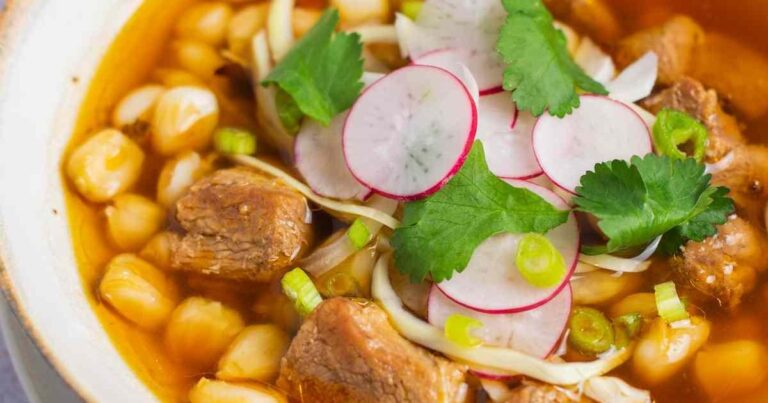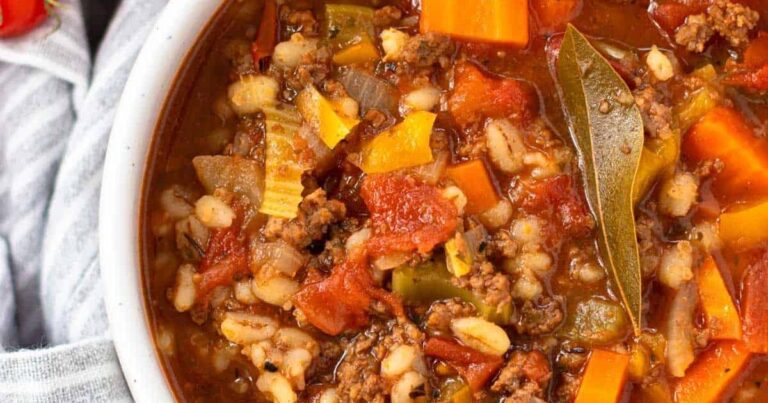Bone Broth
Unlock Ancient Wellness: A Guide to Making Nutrient-Rich Bone Broth
For centuries, bone broth has been a cornerstone of traditional diets, lauded for its incredible health benefits and comforting warmth. But what is bone broth, and why is it experiencing such a resurgence in popularity? Simply put, it’s a flavorful stock made by simmering animal bones and connective tissues. This slow simmering process extracts collagen, amino acids, and essential minerals, creating a nourishing elixir that supports gut health, joint function, and overall well-being.
This isn’t your average stock! While regular stock is often made with meat and vegetable scraps, bone broth focuses on the bones themselves, maximizing the extraction of beneficial compounds. The result is a richer, more gelatinous broth packed with goodness.
Why Make Bone Broth?
The benefits of bone broth are numerous. Here are just a few:
- Gut Health: Collagen and gelatin help to heal and seal the gut lining, improving digestion and nutrient absorption.
- Joint Support: Collagen is a major component of cartilage, helping to maintain joint health and reduce inflammation.
- Skin Health: Collagen promotes skin elasticity and hydration, reducing the appearance of wrinkles.
- Immune Boosting: Bone broth contains amino acids like glutamine, which support immune function.
- Rich in Minerals: Provides essential minerals like calcium, magnesium, and phosphorus.
Making Bone Broth at Home: It’s Easier Than You Think!
While you can find pre-made bone broth in stores, making your own allows you to control the quality of ingredients and customize the flavors. Don’t be intimidated by the long cooking time – most of it is hands-off! The process is simple: combine bones, water, and a touch of acidity, then let it simmer. The longer it simmers, the more nutrients are extracted.
We recommend using a variety of bones – chicken, beef, lamb, or even pork – for a more complex flavor profile. Don’t be afraid to experiment with different herbs and vegetables to create your perfect brew.
Tips for the Best Bone Broth
- Source Quality Bones: Look for bones from grass-fed, pasture-raised animals whenever possible.
- Roast the Bones (Optional): Roasting the bones before simmering adds depth of flavor.
- Use Enough Water: Ensure the bones are fully submerged in water.
- Add Acidity: Apple cider vinegar helps to draw out minerals from the bones.
- Skim the Foam: Remove any foam that rises to the surface during simmering.
- Cool and Skim Fat: After simmering, let the broth cool and skim off any fat that solidifies on the surface.
Ready to embark on your bone broth journey? The recipe below will guide you through the process, step-by-step.
Frequently Asked Questions
Q: What kind of bones should I use?
A: You can use bones from chicken, beef, lamb, goat, or pig. A mix of bones can create a more complex flavor.
Q: How long should I simmer the broth?
A: At least 12 hours, but up to 24 hours for maximum collagen extraction. Slow cookers are ideal for long simmering.
Q: Can I add vegetables to the broth?
A: Yes! Carrots, celery, and onion are common additions, but add them during the last few hours of cooking.
Q: How do I store bone broth?
A: Store in the refrigerator for up to 5 days or freeze for longer storage.
Q: Can I drink bone broth every day?
A: Yes! Many people enjoy a cup of bone broth daily as part of their wellness routine.
Bone Broth
Ingredients
- 2-3 lbs Bones (chicken, beef, lamb, goat, or pig) Ideally with some meat, cartilage, and marrow
- 1 tbsp Apple Cider Vinegar
- Optional Vegetables (carrots, celery, onion) Add in the last few hours of cooking
- Optional Herbs Add in the last few hours of cooking
Instructions
- Place bones in a large stockpot or slow cooker.
- Cover bones with water.
- Add apple cider vinegar.
- Bring to a boil, then reduce heat and simmer for at least 12 hours (or up to 24 hours for maximum collagen extraction). For slow cooker, cook on low for 12-24 hours.
- If using vegetables and herbs, add them during the last few hours of cooking.
- Strain the broth through a fine-mesh sieve or cheesecloth.
- Let cool and skim off any fat.
Discover more from Resoupies
Subscribe to get the latest posts sent to your email.







